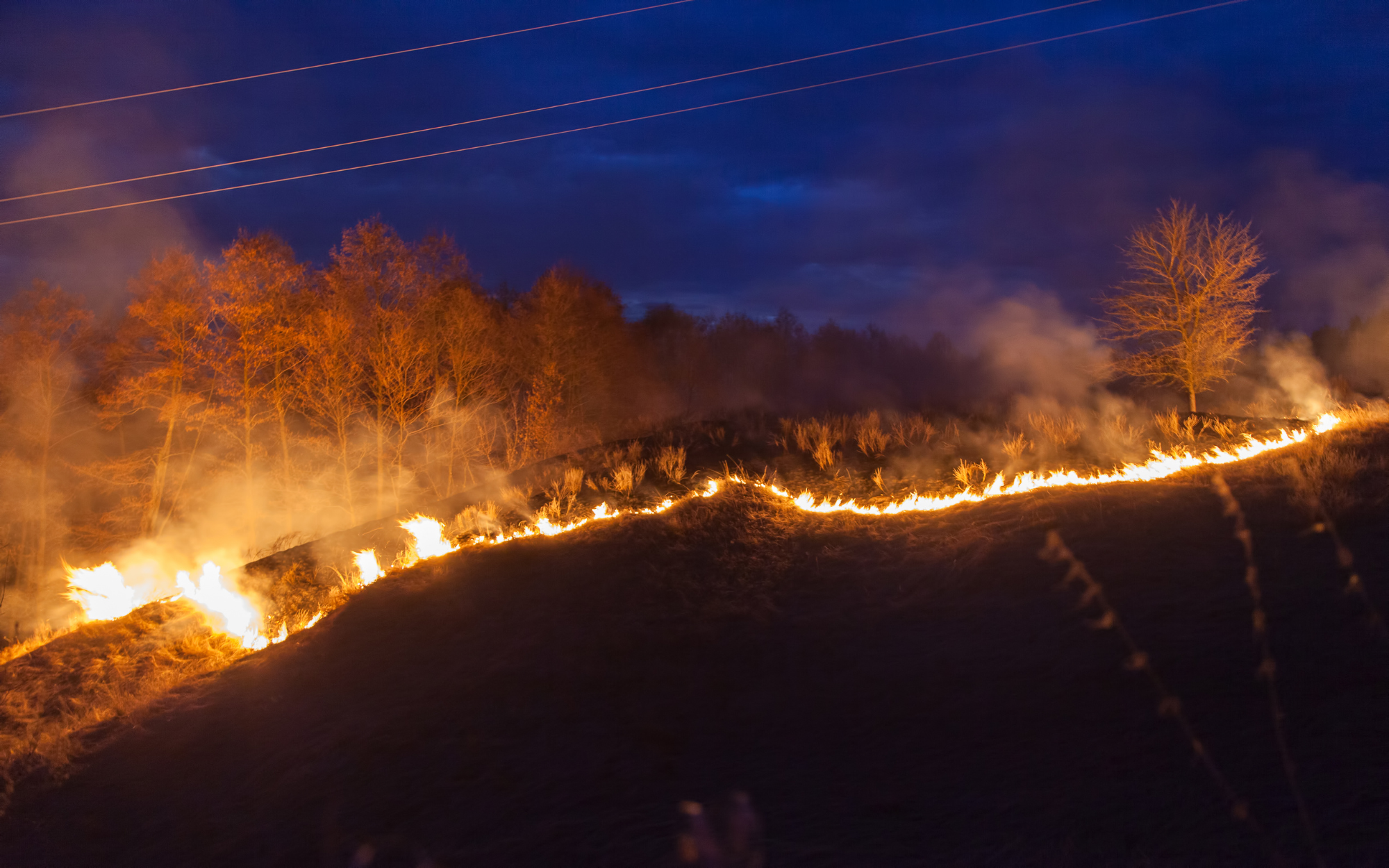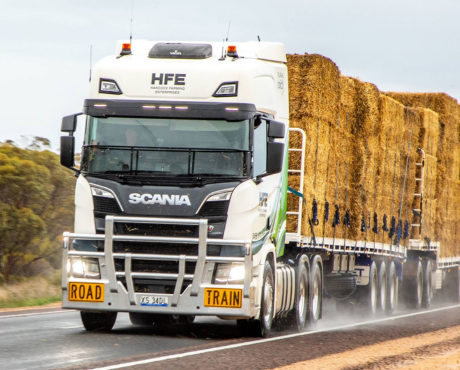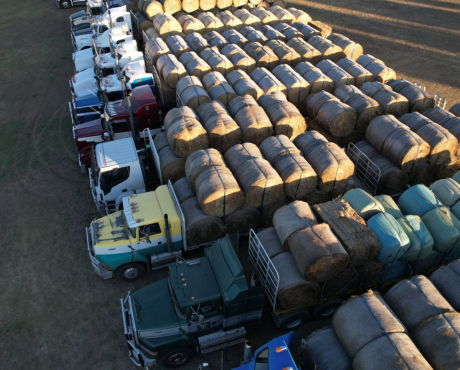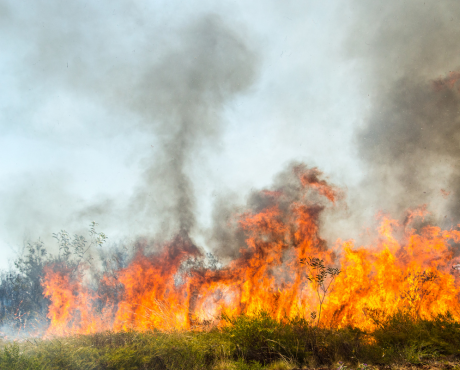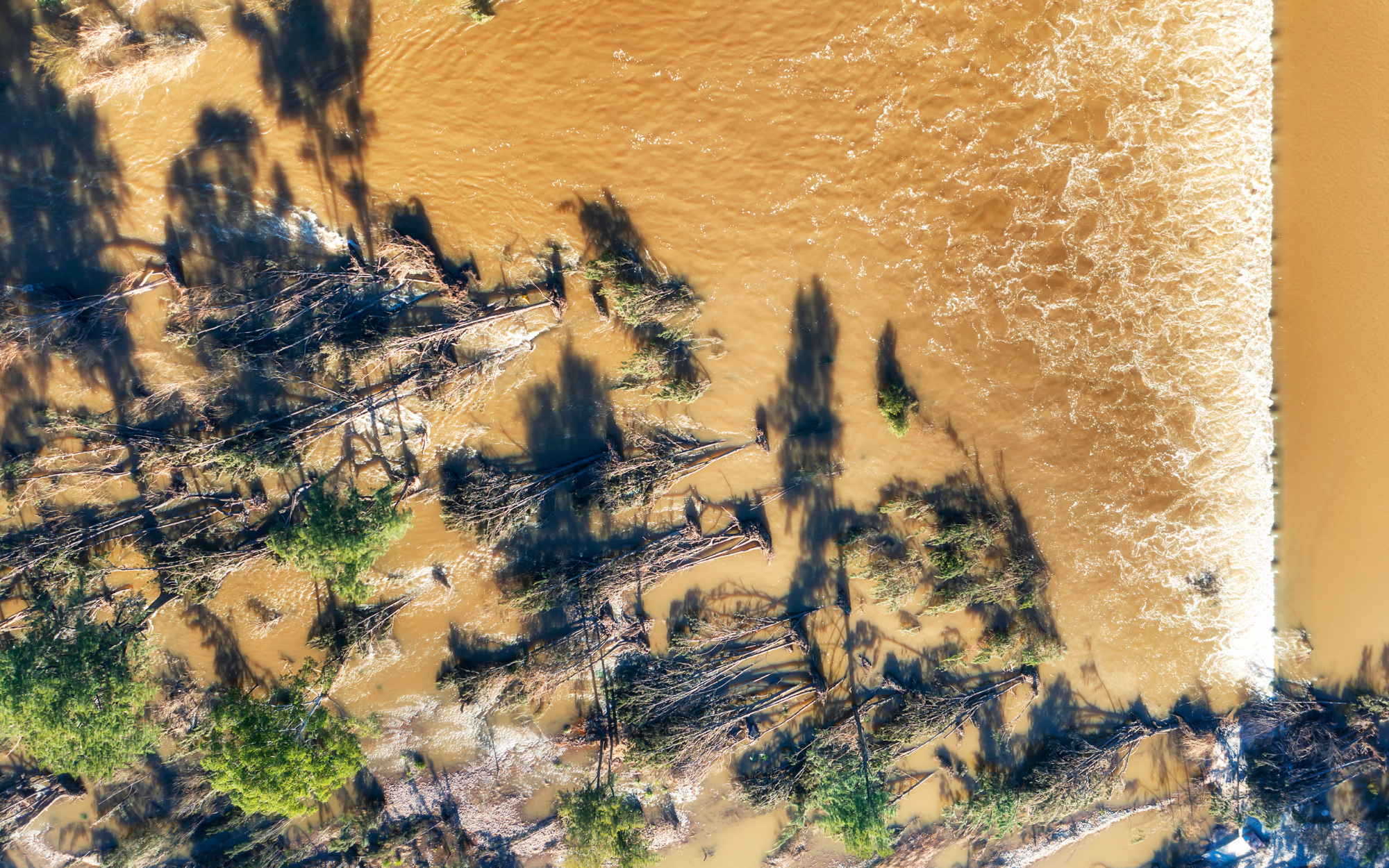A disaster declaration is a frequently updated list of Local Government Areas (LGA) that have been impacted by a natural disaster. Disaster declarations are issued by the NSW Government and incorporate an Australian Government reference number (AGRN).
NSW residents who have been impacted by natural disaster are encouraged to report damage via the Primary Industries Natural Disaster Damage Survey. Reported damages help the government to better understand the scale and regional distribution of the impact of a disaster on agriculture and target resources and assistance in an area.
Detail of Natural Disaster Declarations and assistance measures currently available to those in NSW local government areas is available on the RAA Declarations page.
Natural disaster assistance programs
Natural disaster assistance is available to those in LGAs affected by a declared natural disaster. Visit the RAA Declarations webpage for information on current declarations.
Find out more about the natural disaster assistance delivered by the RAA by following the links below:
Reporting Damages
The Primary Industries Natural Disaster Damage Survey is a simple online survey that can be used to record damage to primary production and animals from natural disasters such as floods, fires and storms.
The damage survey allows you to:
- complete a simple survey of the number of crops, animals, infrastructure and other primary industries damaged in a single event
- add photos to the assessment
- see the severity of damage in your area.
NSW Government agencies can view survey information in real time and results are used to determine:
- the area the natural disaster has impacted and the scale of the event
- the severity of the impact
- the value of impact to primary production
- where and what assistance or resources may be needed.
This source of “ground truth” information helps the government and communities understand the scale and regional distribution of the impact of a disaster on agriculture and target resources and assistance in an area.
To report damage, visit the Primary Industries Natural Disaster Damage Survey.
How assistance measures are determined
Responding to natural disasters, including the provision of relief and recovery assistance to disaster affected communities, is primarily the responsibility of state and territory governments.
The Disaster Recovery Funding Arrangements 2018 (DRFA), established by the Commonwealth, makes provisions for state governments to activate relief and recovery assistance immediately following a disaster without seeking approval from the Australian Government.
There are four categories of assistance measures under the DRFA:
Category A
Assistance to individuals to alleviate personal hardship or distress arising as a direct result of a disaster. Category A assistance is provided automatically by the states without requiring approval from the Australian Government.
Category B
Assistance to the state, and/or local governments for the restoration of essential public assets and certain counter-disaster operations. Category B assistance also covers assistance to small businesses, primary producers, sporting and recreational clubs and not-for-profit organisations and needy individuals through concessional loans, subsidies or grants. Category B assistance is provided automatically by the states without requiring approval from the Australian Government.
Category C
Assistance for severely affected communities, regions or sectors and includes clean-up and recovery grants for small businesses and primary producers and/or the establishment of a Community Recovery Fund. Category C assistance is only made available when the impact of a disaster is severe. It is intended to be in addition to assistance under Categories A and B and is usually considered once the impacts of the disaster on affected communities have been assessed. Category C assistance is requested from the states and requires agreement from the Prime Minister.
Category D
Exceptional circumstances assistance beyond Categories A, B and C. Category D assistance is generally considered once the impact of the disaster has been assessed and specific recovery gaps identified. Category D assistance is requested from the states and requires agreement from the Prime Minister.
